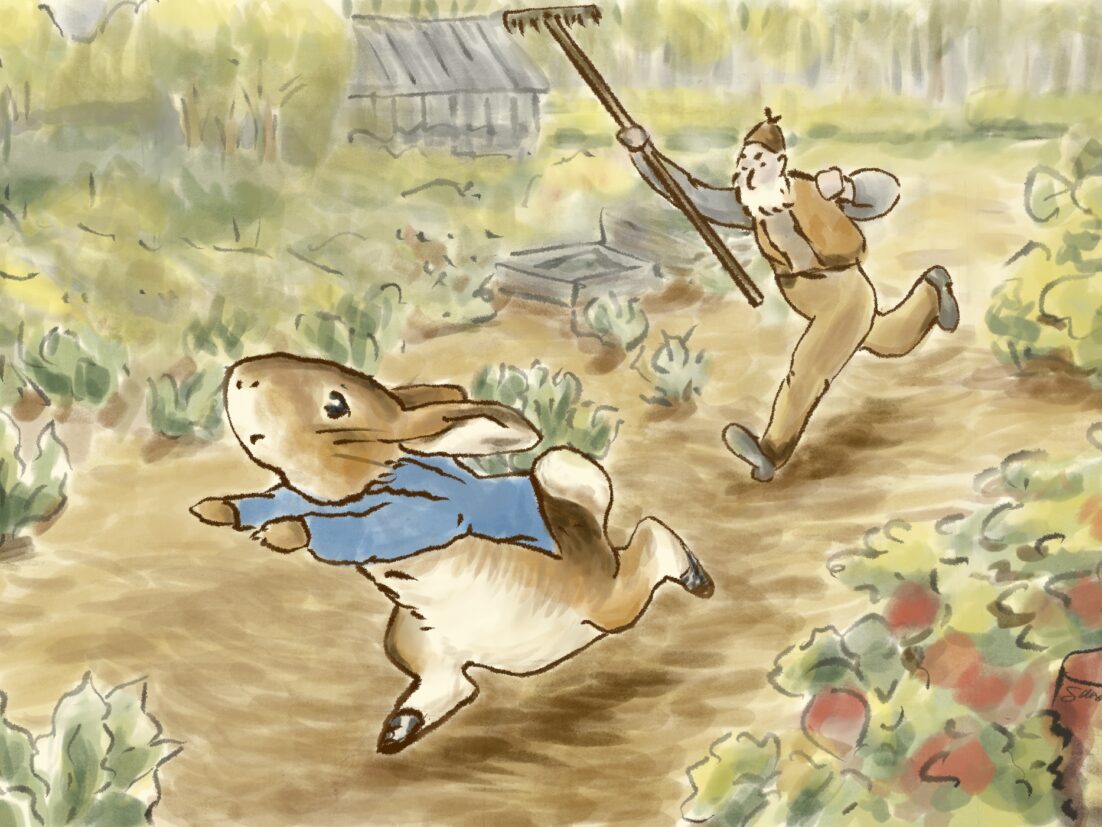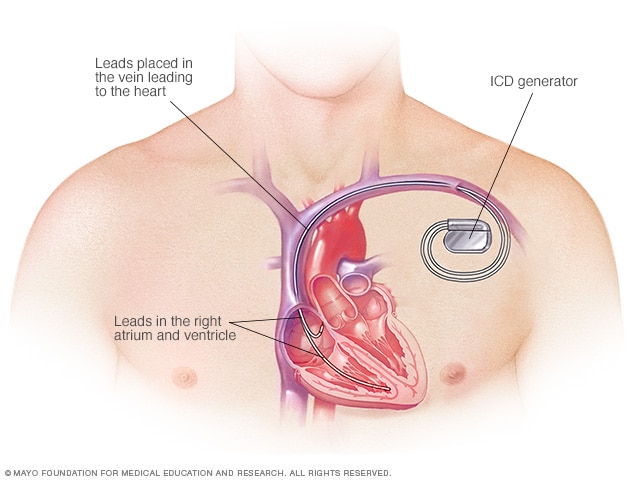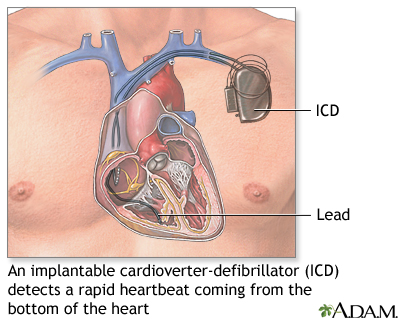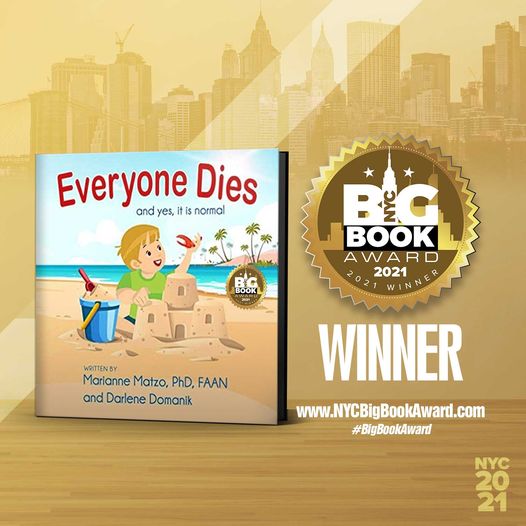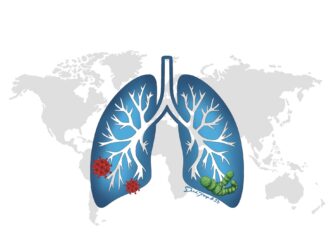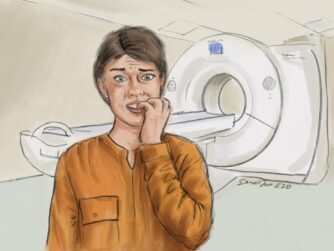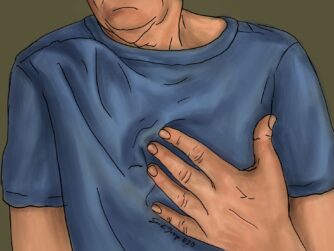Learn some facts about an ICD, what to expect if someone gets a shock to reset their heart rhythm, and how to make an informed choice about whether or not to turn of its function when nearing end of life.
Implantable cardioverter-defibrillators (ICD) are a technology that many people have, especially if they survived cardiac arrest or have a heart condition that causes dangerous heart rhythms.
ICDs are a great technology, but at some point a decision may need to be made about continued use or turning it off. This show will help you understand the issues involved and five considerations for making this decision.
In this Episode:
- 00:00 – Our Sponsor: Tree of Life Memorials and Digital & Stone
- 00:20 – Intro
- 02:03 – Richard Lewis in “Curb Your Enthusiasm”
- 05:31 – “Much Ado About Dying” Documentary Review
- 08:48 – Recipe of the Week: Charleston Chewies
- 11:35 – Overlooked No More: Beatrix Potter
- 16:50 – ICDs and End of Life
- 35:53 – “This Confusion” – a poem
- 37:49 – Outro
What is an ICD?
You may have heard of a pacemaker which sets the heartrate for people with slow heart rates. An ICD is not that. The ICD responds to irregular life-threatening heart rhythms from the lower chambers of the heart with pacing that corrects a fast rhythm and promotes a normal heartbeat, or a shock (defibrillation) that resets the heart rhythm to prevent sudden cardiac arrest.
An implantable cardioverter-defibrillator (ICD) is a device that detects a life-threatening, rapid heartbeat. This abnormal heartbeat is called an arrhythmia. If it occurs, the ICD quickly sends an electrical shock to the heart. The shock changes the rhythm back to normal. This is called defibrillation. (Medline)
Click this American Heart Association link to see an animation of a heart in fibrillation and how it can revert to a normal rhythm.
What are the components of an ICD?
An ICD is made up of these parts:
- The pulse generator is about the size of a large pocket watch. It contains a battery and electrical circuits that read the electrical activity of your heart.
- The electrodes are wires, also called leads, that go through your veins to your heart. They connect your heart to the rest of the device. Your ICD may have 1, 2, or 3 electrodes.
- Most ICDs have a built-in pacemaker. Your heart may need pacing if it is beating too slowly or too fast, or if you have had a shock from the ICD.
- There is a special kind of ICD called a subcutaneous ICD. This device has a lead that is placed in the tissue to the left of the breastbone rather than in the heart. This type of ICD cannot also be a pacemaker.
Should an ICD be Deactivated When Admitted to Hospice?
If diagnosed with a terminal illness and receiving hospice support, what happens with the ICD needs to be talked about.
Many people wrongly believe that turning off the ICD means immediate death. Remember that the ICD only fires when the heart rate is too fast or is irregular. It is the safety net that is available only when needed, otherwise it just sits there quietly, minding its own business. But when it delivers the shock, a person can feel pain or discomfort. Turning off the shocking function is not a requirement for admission to hospice, but with the goals of hospice care to preserve quality of life during the dying process, it is likely a good idea.
When avoidance of sudden death is no longer the goal, deactivation of the devices to prevent shocking patients as their hearts fail “is ethically the right thing to do,” said Dr. Lee, associate chief medical officer of hospice and palliative care at the MJHS health system in New York.
Although the issue has gotten some attention in recent years, research has shown that fewer than half of implanted cardioverter defibrillators (ICDs) are deactivated in hospice patients, said Dr. Lee (Ann. Intern. Med. 2010;152:296-9). Many families do not know that ICDs can be painlessly deactivated magnetically and that doing so may prevent havoc at the end of life.
This should not be an isolated decision but instead made in the context of larger goals of care. ICDs should be considered in terms of potential benefits and burdens and patients or their surrogates have the right to accept or refuse its interventions just like any other treatment.
Listen to the podcast for more information on ICD’s and considerations for whether or not to turn off the shock function of the ICD.
References:
- ICD deactivation FAQs – Heart Matters magazine – BHF
- Goldstein, N., Carlson, M., Livote, E., & Kutner, J. S. (2010). Brief communication: Management of implantable cardioverter-defibrillators in hospice: A nationwide survey. Annals of internal medicine, 152(5), 296–299. https://doi.org/10.7326/0003-4819-152-5-201003020-00007 Sample Hospice protocol to Deactivate ICD: NIHMS169761-supplement-1.pdf
- MedlinePlus: Implantable cardioverter-defibrillator
- American Heart Association: Implantable Cardioverter Defibrillator (ICD)
- In Hospice Setting, Discuss Defibrillator Soon: Fewer than half of implanted cardioverter defibrillators are deactivated in hospice patients. M. ALEXANDER OTTO. DOI:https://doi.org/10.1016/S1526-4114(11)60182-0
- Farley, Malcolm. This Confusion. AJN, American Journal of Nursing 123(10):p 59, October 2023. | DOI: 10.1097/01.NAJ.0000979104.87367.f0
- Overlooked No More: Beatrix Potter, Author of ‘The Tale of Peter Rabbit’
Resources:
- Patient education: Implantable cardioverter-defibrillators (Beyond the Basics)
- Download and print American Heart Association Sheet: What is an ICD? (PDF)
- Arrhythmias – Abnormal heart rhythms – BHF
- Living With Your Implantable Cardioverter Defibrillator (ICD) | American Heart Association
- Implantable cardioverter defibrillators : 2017_bhf_icd_a5.pdf
- Implantable-Cardioverter-Defibrillator.pdf (mft.nhs.uk)
- Patient Handbook pdf (bostonscientific.com)
- The Beatrix Potter Society
- ‘Curb Your Enthusiasm’ Boss on the Late Richard Lewis: “He Was Funny Every Minute He Was on Set”
- Much Ado About Dying – Documentary Website
Forgotten Obituaries: Beatrix Potter
“Overlooked” is a series of obituaries about remarkable people whose deaths, beginning in 1851, went unreported in The New York Times. Today we share about Beatrix Potter, author of “The Tale of Peter Rabbit” who got a mention when she died, but not an obituary.
Beatrix Potter, created one of the world’s best-known characters for children, Peter Rabbit, and fought to have the book published.
“The Tale of Peter Rabbit” is about a cheeky rabbit who steals vegetables from the garden of Mr. McGregor and loses his coat and shoes in a narrow escape. It has sold more than 45 million copies and spawned a merchandising empire.
Potter went on to write 22 more books. Her characters, dressed in waistcoats and bonnets, were rendered with meticulous attention to anatomical detail, an outgrowth of Potter’s long interest in natural science.
Listen to learn more about her fascinating history and her impact on preserving thousands of acres of lake country farmland for future generations to enjoy.
This Confusion
Charlie shared a poem for you written by Malcom Farley and published in the American Journal of Nursing.
Recipe of the Week
:max_bytes(150000):strip_icc():format(webp)/Charleston-Chewies-SEO50-2058-c2e413afe42c409298fb747662facc91.jpg)
Our recipe this week is a chewy confection made with pecans, butter, and sugar called Charleston Chewies which are a South Carolina original recipe that comes from the Gullah Geechee cuisine. The common dessert or snack staple can be found at many bakeries in the low-country of South Carolina. Many recipes have been passed down over generations from their enslaved ancestors and are coveted by each family.
Charleston chewies, or pecan chewies, taste just like their name implies: They are chewy confections served for dessert or a snack, made with pecans along with butter and sugar. They are easy to make and come together quickly.
Head to Southern Living for a version of this treat that only has 7 ingredients and easy to whip up. Bon Appetit!
Our Sponsors:
This episode was sponsored by The Tree of Life Memorials and Digital & Stone – a new platform to create digital memorials, environmental legacies and fine art monuments. Share the Stories, preserve the memories, conserve the land, connect the Souls…. because Love never dies. Find out more at https://www.digitalandstone.com/


https://blog.feedspot.com/palliative_care_podcasts/
Everyone Dies: and yes, it is normal!
Everyone Dies (and yes, it is normal) is a story about a young boy named Jax who finds something special on the beach where he and his grandpa Pops are enjoying a wonderful day. Pops helps Jax understand that death is a normal part of life. This book provides an age appropriate, non-scary, comfortable way to introduce the important topic of mortality to a preschool child. Its simple explanation will last a lifetime. Autographed copies for sale at: www.everyonediesthebook.com. Also available at Amazon
Mourning Jewelry
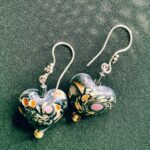
We offer a way to memorialize your loved one or treasured pet with a piece of handmade jewelry. When people comment on it and the wearer can say for example “I received this when my mother died” which opens the conversation about this loss. All our jewelry is made with semi-precious stones and beads, vintage beads, and pearls. You can choose between earrings or bracelets and the color family. Learn More


